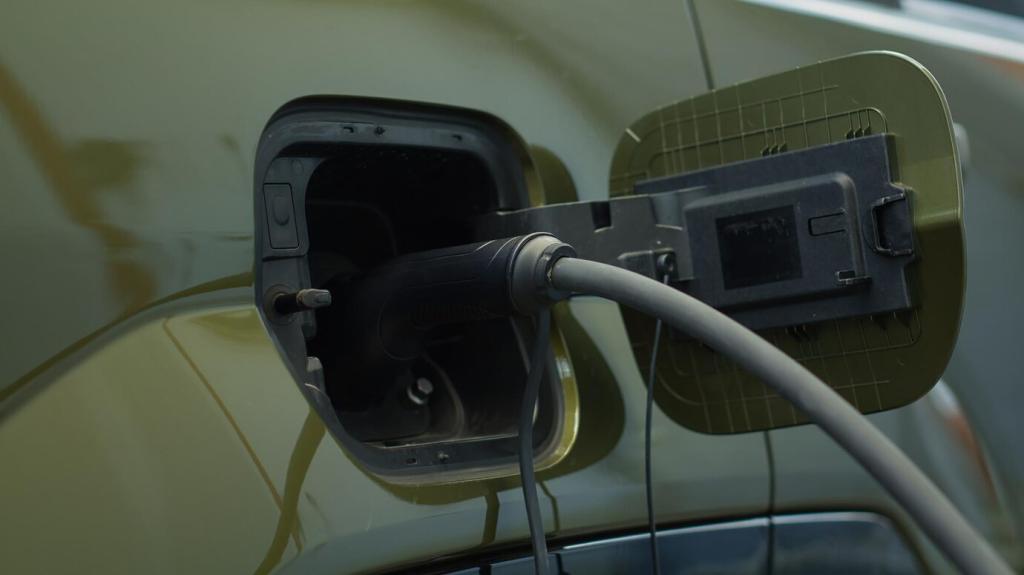From Intermittency to Intelligence
Advanced meters, line sensors, and synchrophasor PMUs stream high-resolution data that reveals voltage sags, frequency blips, and congestion paths. Operators can act in seconds, not hours, balancing renewable surges with storage while keeping lights steady and safe.
From Intermittency to Intelligence
Machine learning blends satellite imagery, sky cameras, turbine telemetry, and numerical weather models to predict output with remarkable precision. Better forecasts mean fewer backup generators spinning idly and more confidence in clean electrons meeting daily demand.
From Intermittency to Intelligence
When a dense cloud rolled over a university microgrid, smart inverters ramped battery discharge automatically. Students studying never noticed the dip. Facilities staff later smiled, comparing old outage logs to today’s seamless ride-through and inviting classmates to tour the control room.






